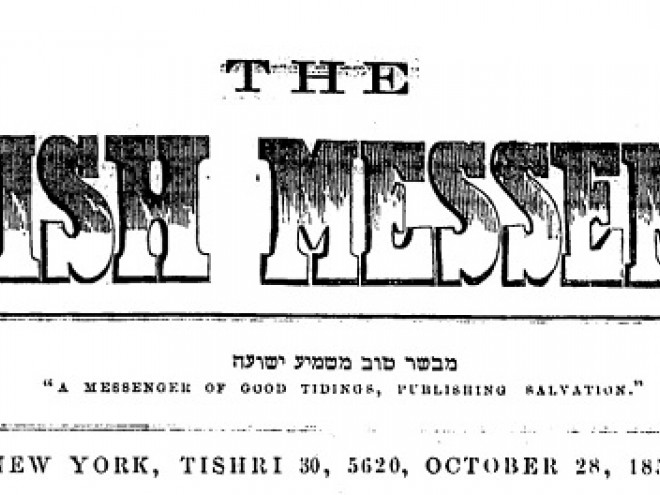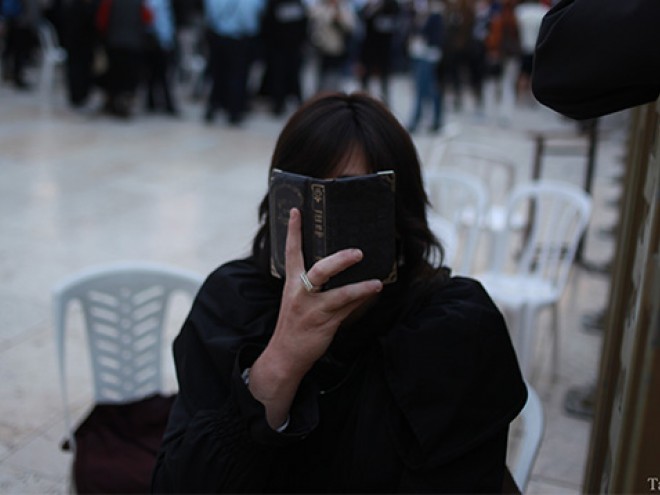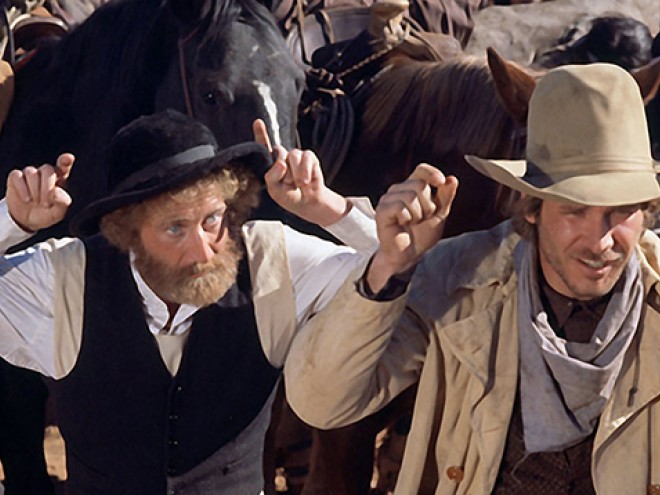The Jewish experience in America is usually associated with life in big Eastern and Northern cities like New York, Boston, and Chicago. Later, as Jews moved into American society, Los Angeles and the Jewish-founded movie industry became part of the picture. A major aspect of Jewish life in America, however, was based in the states of the South, and that is the story Shari Rabin undertakes to tell in this compact but comprehensive history.
Remarkably, as Rabin points out, hers is the first narrative survey of the arc of Jewish history in the South. She accomplishes this in a brisk two hundred page book that moves from the earliest settlements of Jews in pre-Revolution Georgia to the intense struggles of the Civil Rights Movement of the 1960s. The text highlights major events of the American experience, including the War of Independence, the Civil War, and the post-war Reconstruction period as experienced by the Jewish residents. In striving for succinctness, Rabin necessarily sacrifices some detail, but she bolsters her narrative with a rich array of quotations from diaries and letters as well as institutional records. Through these personal writings and official documents we get to know many people who witnessed the events of their times.
One of Rabin’s main themes is how the Jews in the South came to blend in, to become Americans. Initially met with suspicion and hostility by Christians steeped in anti-Jewish church doctrine, Jews benefited from growing religious toleration and from the European background they shared with their Christian neighbors, which put them “on the right side of two of the three hierarchical dichotomies that defined England’s empire,“ as Rabin puts it. In other words, they were considered white and they were not Catholic. These forces/trends had a profound impact on Jewish worship and synagogue architecture and ultimately led to the spread of Reform Judaism, which was heavily supported in the South. It also had a profound impact on the relationships between the Jewish and Black populations in the South, which is Rabin’s second major theme.
As “whites,” many Jews accepted the social rules of the region, employing enslaved workers and participating in the slave trade. Rabin is at pains to dispel the antisemitic canard that Jews controlled the slave trade; for the most part they were minor players, and many opposed it. However, a large number of Jews were Southern patriots and vigorously supported Southern secession in the pre-Civil War period; some were even high officials in the secessionist government. And in the post-Civil War era, there were many Jews who supported the Jim Crow laws and were hostile to the Civil Rights Movement. Equally, there were Jews on the other side who, at great risk to their personal lives, stood up for equal treatment of Blacks.
A third theme in the book is that while Jews attained a high degree of acceptance, they were not immune to the periodic outbreaks of antisemitism. Most notorious was the case of Leo Frank, a Jewish businessman who was lynched in 1913 after being wrongfully convicted of the rape and murder of a Christian girl who worked in Frank’s factory. Less well-known was the upsurge of synagogue bombings during the Civil Rights era, in apparent retaliation by die-hard segregationists against the perceived role of Jews in the Movement. As Rabin argues, that role, while significant, was not as prominent or as universal as many believed.
The book’s formal history ends with the Civil Rights era, but in a brief epilogue, Rabin carries her themes through the last half century of American history while also noting the significant changes that have taken place as the former Confederacy has become the thriving “Sun Belt.” The Jewish South is a compelling narrative of the complex relationship between Southern Jews and the region they called home.





